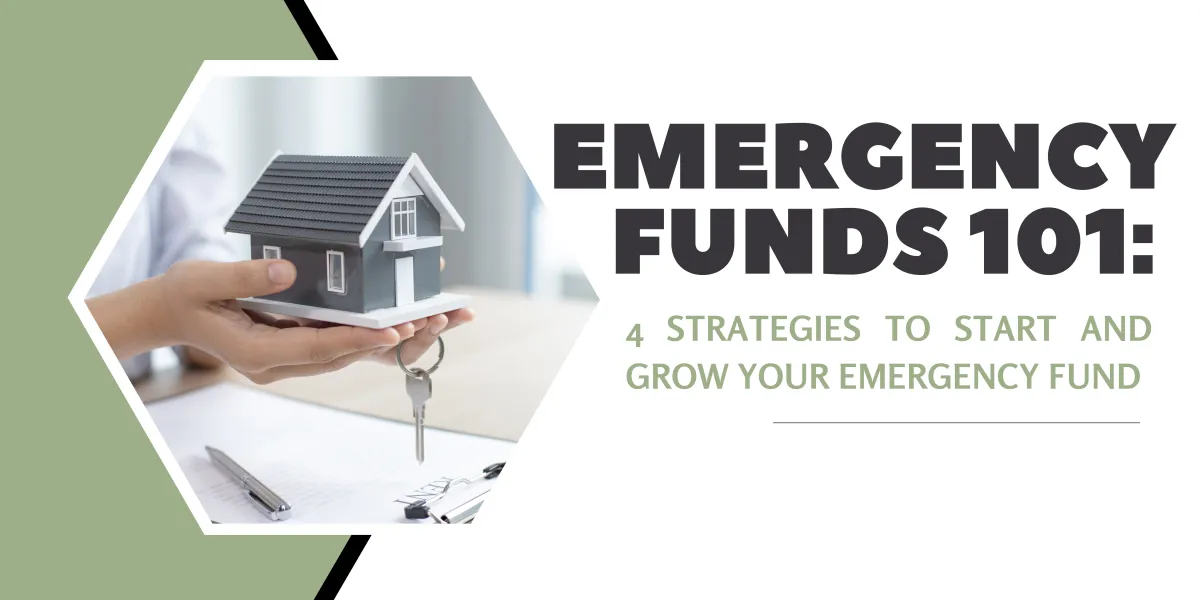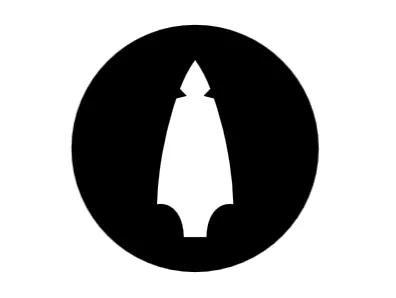Our Blog
De-mystifying the world of finance, for you

Emergency Funds 101: 4 Strategies to Start and Grow your Emergency Fund
We’ve all been there. You come home from your family vacation to Hawaii with significantly depleted savings, just to find out that the transmission on your vehicle needs to be replaced, or Gigi, your beloved Pomeranian, urgently needs a life-saving surgery.
If you’ve planned ahead, you likely have an emergency fund that makes these situations less stressful and more manageable. However, the truth is that many of us prioritise immediate gratification (e.g., buying that new projector TV that you’ve been eyeing up) over future unexpected needs. Why stash money away for future needs that aren’t sure to happen, when you could enjoy it now? After all, life is short…
While there is some merit to this point of view, future-you won’t thank you for it when you’re in the bank trying to get a loan to pay for unexpected expenses.
At Obsidian, we like to encourage a balanced approach - one that lets you todays pleasures within reason, while also building a safety net for those unexpected expenses. From our perspective, emergency funds are a crucial component of your family’s financial strategy, not only as a financial safeguard but also as a means to give you that peace of mind for all those costs that aren’t covered by insurance.
What we'll cover in this article:
What emergency funds are and what they look like
Four strategies to help you start and grow your emergency fund
How much to put away in your emergency fund and when the best time is to start one

But what are emergency funds and what should they look like?
An emergency fund, as the name suggested, is money that can be used for unforeseen circumstances such as a job loss or other major unbudgeted and uninsured expenses (car e.g., car repairs, medical bills, replacement of appliances or house-related costs such as a new roof).
But what should an emergency fund look like anyway?
Emergency funds should have two main characteristics. They should:
BE LIQUID
This means that they should be in some sort of account (e.g., a high interest savings account, cashable GICs, a money market account, etc.) that you can access very quickly and without penalty.
HAVE NO RISK OF GOING DOWN IN VALUE
Sorry stocks/bonds/mutuals funds and ETFS, you don’t qualify for an emergency funds account.
... But why?
The reason for these two characteristics is that, in a pinch, you want to be able to easily access the money and you don’t want to have to worry about pulling your money out of an investment if/when the value is lower than your original investment (meaning that you would pull your money out at a loss or with penalty).
So how do I choose the best place to keep my emergency funds?
Choosing what kind of account is best for you depends on how quickly you want to be able to access the money - for example, money in a savings account is immediately available to you. Money in a GIC, by contrast, may have higher returns (you make more money) but it takes a bit longer (typically a few days and a call to your wealth advisor, or sell online) to be able to use the money.
Which brings us to...
The 4 Strategies to Start and Grow your Emergency Fund

1. Savings Accounts
Savings accounts are a pretty safe bet, however they earn next to nothing in terms of interest. For a family with approximately 10,000-40,000 dollars in a savings account that earns less than inflation, this typically isn’t a viable strategy in the long-term.
So where does that leave us? Well, high interest savings accounts offered by banks are slightly better. However, the name is a bit misleading as they only offer you about 1-2%.
Certain institutions will offer better rates of interest for banking products. Wealth Simple for example offers a 4% rate for their cash account. See: https://help.wealthsimple.com/hc/en-ca/articles/9730610402075
If you value convenience, you may just want to sign up for a savings account at your local bank and just accept you may not get the best rate of return.

2. Line of Credit
You could use a home equity line of credit, or standard line of credit, but because you would pay interest on the money if you used it, it’s generally not advised. Remember, getting out of debt usually happens before this! So why would we want to take a step backwards?

3. Guaranteed Investment Certificate (GIC)
You could also use a Guaranteed Investment Certificate (GIC). They will typically earn you around the rate of inflation, or even more. However, as discussed, they are less liquid (usually require a call from your banker). In addition, in some cases they have penalties for early withdrawal.

4. GIA or Guaranteed Interest Annuities
GIA or Guaranteed Interest Annuities also work and do offer a couple percent higher than inflation. However, this account always has an agreed term that the bank or insurance company will hold your money for (e.g., 18 month). So, if you took the money out before the end of the agreed upon term, you won't earn anything (0% return for early withdrawal).
Okay, so now you have an idea of what your emergency savings vehicle might look like, but...
How much emergency savings is enough?
The generally accepted rule of thumb is that an emergency fund should be enough to cover 3-6 months of total living expenses (housing, groceries, personal supplies, car, etc.). Remembering that large unexpected events can happen - such as a certain pandemic that put many of us out of work - it’s definitely advisable that you err on the side of 6 months, if possible.
If you don’t have this kind of money right now, that’s totally okay. An emergency fund is something that you can start building over time, starting today. Even if it’s just 2% of your income, starting to put something away now will save you headaches. Promise.
When's the Best Time to Start an Emergency Savings Fund?
As far as whether there is a “right time” to start your emergency fund, there are not really any hard-and-fast rules. The best time to start is now, but there are some exceptions. For example, if you have unsecured debt (e.g., credit card debt, line of credit, etc.), it’s usually best to focus on paying this down before you start building your emergency fund.
The bottom line on Emergency Funds?
Overall, if you’re just starting out and want to make sure that you have quick access to your funds and aren’t overly worried about growing your money, a savings account is probably the best strategy for you.
On the other hand, if you have a larger sum of money already saved up, you may want to consider a strategy that will earn you some interest on that cash, ensuring it grows with your needs into the future.
If you’re unsure, or just want another set of eyes on your plan, chatting with your financial advisor can help you decide what would be the best plan of action for you and your family.
Starting an emergency fund doesn't have to be stressful - in fact, it should alleviate stress. Work within your means and what you're comfortable with, and above all, be as consistent as you can with your contributions.
What does that financial term mean?
We have a page dedicated to explaining financial terms and concepts in an easy and understandable way.
Want to keep in touch?
Sign up to receive our monthly newsletter to receive news and updates.
Monthly newsletters include exciting updates and links to new informative blog content and education.

